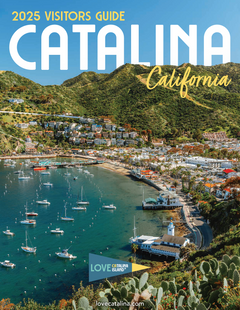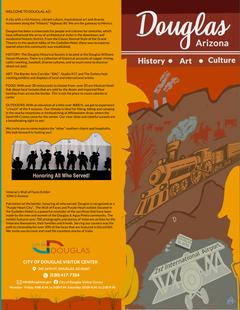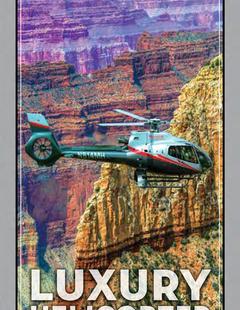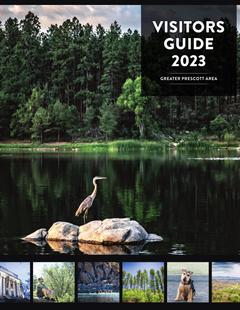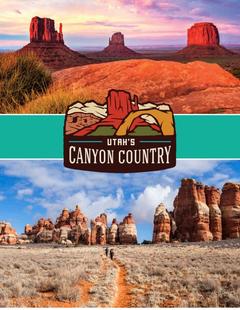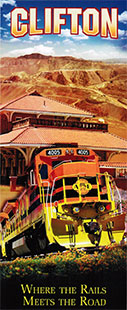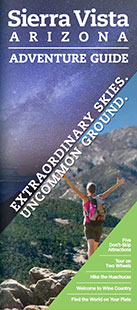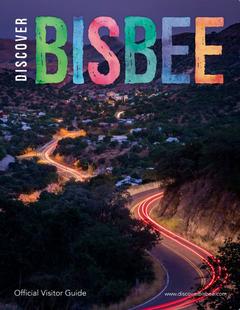Description
We’re not talking celebrity sightings here, nor title fight knock-outs but the real deal: stars. Big city dwellers might forget they’re there, between urban lights and air pollution, but in Tucson, Arizona the dry desert air makes for a spectacular celestial display. As if you needed another reason to get starry-eyed. Since the area can boast close to 350 clear nights a year, your chances of really enjoying the night skies are good. Dare we say - stellar?
Because the lights of Tucson, Arizona can make it harder to appreciate the night sky’s brilliance, the best way to see the show is at one of Southern Arizona’s observatories. Possibilities include the likes of Kitt Peak National Observatory and the Mt. Lemmon Sky Center (either one about 90 minutes from Tucson). Both offer good visitor programs and periodic star parties sure to suit the night owls in your group. Be sure to make reservations in advance for these viewing sessions and bring along your warm clothes - desert nights at elevation can get downright chilly. If you’re not up for the drive, consider instead a quick trip to the University of Arizona campus set at the heart of Tucson. There the Flandrau Observatory also offers nighttime viewing sessions several evenings a week and a range of programs at the associated planetarium.
Alternatively, nature lovers content to gaze skyward without any super high-tech paraphernalia can leave a night free to take in the star-lit sky above wild places like Saguro National Park. Though it closes at sunset, you can still get your own private show with a night of backcountry camping (permit required). Another good option is to snag (if you can) a campsite at Catalina State Park, where you’ll find scenic hikes to tackle during the day and a parade of lovely starry nights to keep things lively after-hours.















